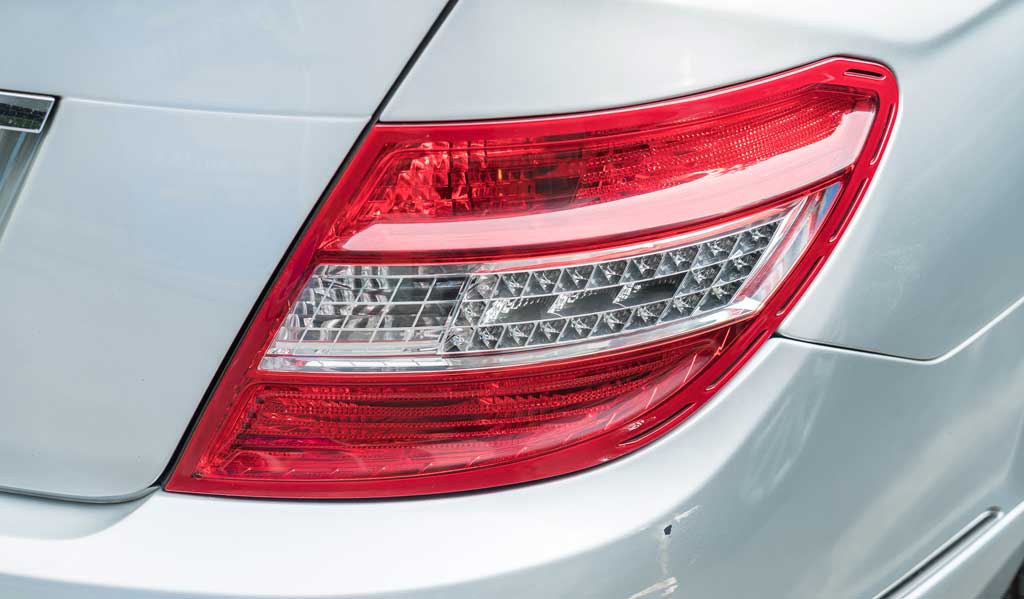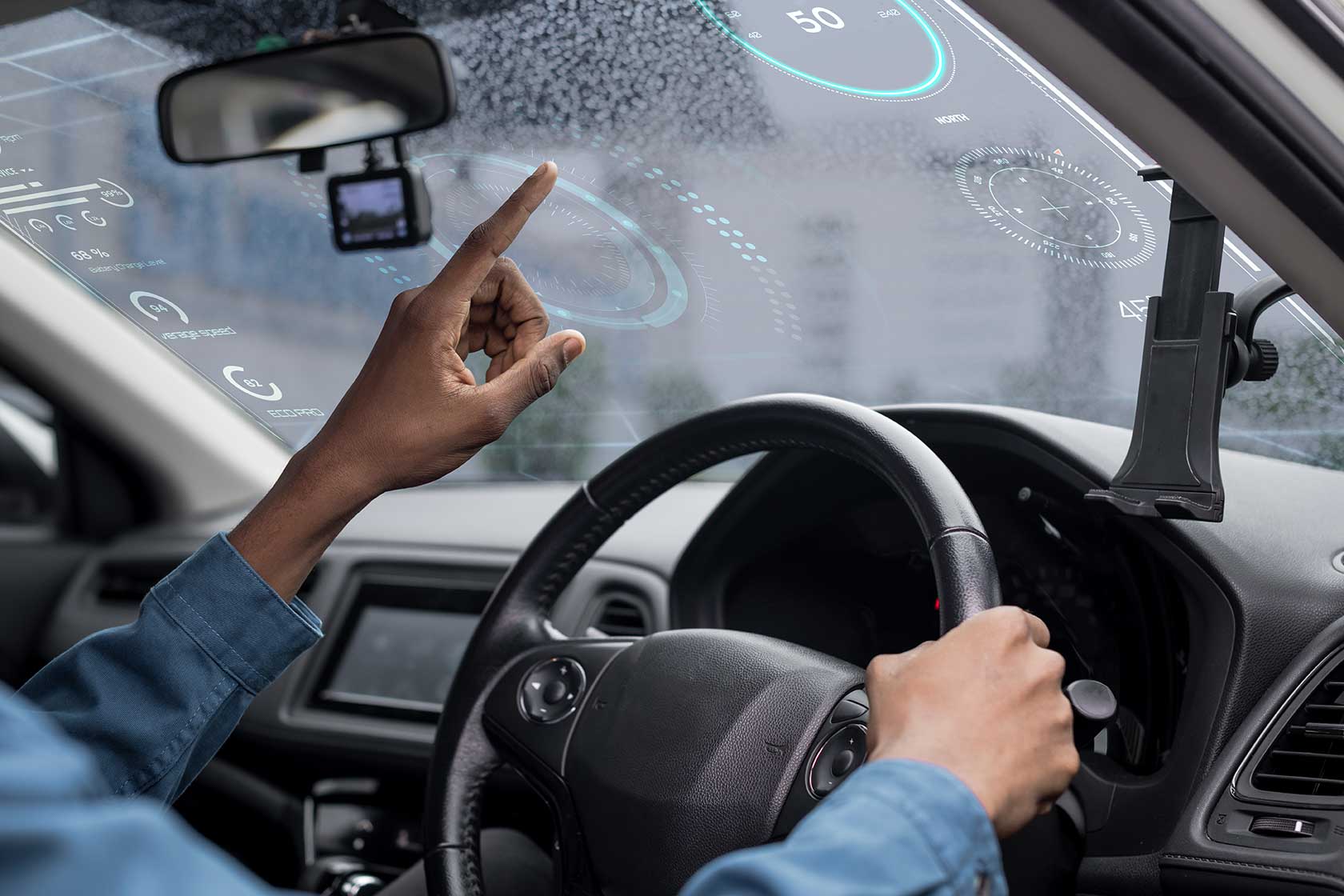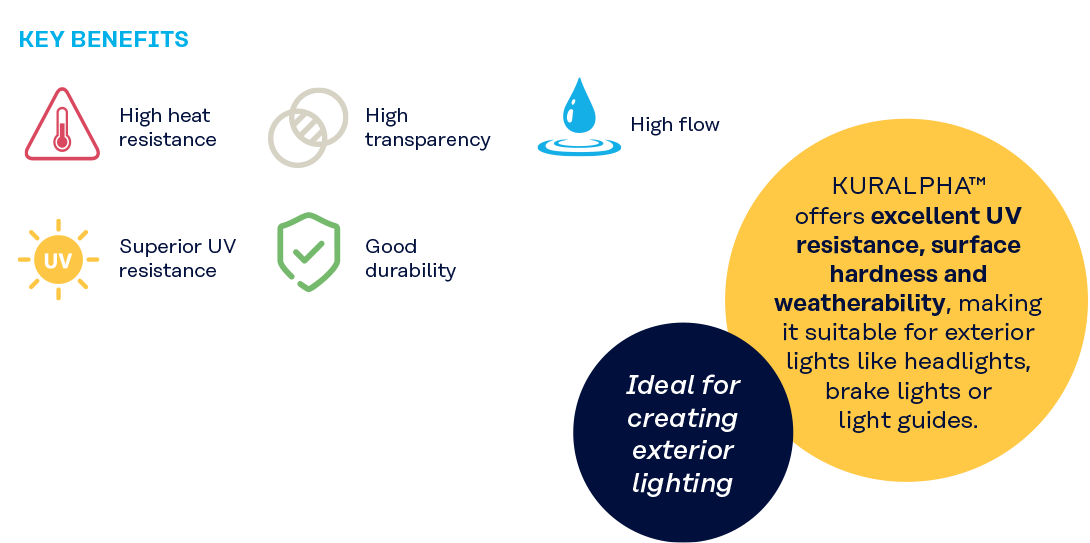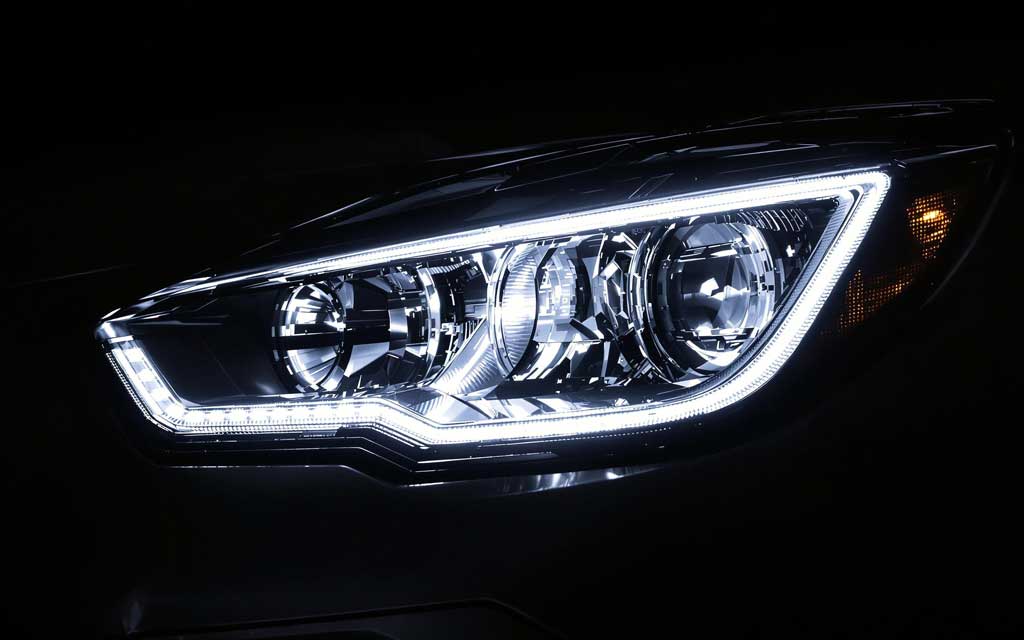 Contact
Contact
Do you have any questions,
need technical support or
would like to place an order?
Order form
Kuraray Europe GmbH Sustainability Blog Sustainable solutions for tomorrow’s mobility
 Contact
Contact
Do you have any questions,
need technical support or
would like to place an order?
The durability, quality and recyclability of products play a key role in increasing sustainability. They help conserve resources, save energy and reduce emissions and waste. At Kuraray, we leverage our technological expertise to give our products precisely these attributes. At K 2025 – the leading international trade show for the plastics and rubber industries – which will be held in Düsseldorf, Germany, in October, we will be showcasing PARAPET™ and KURALPHA™, two solutions that offer our partners in the automotive sector new options for the recycling of rear lights and the production of automotive displays.


PARAPET™, a new high-tech material developed by Kuraray, represents a real breakthrough: For the first time, mechanical recycling of tail lights is possible. Until now, this has not been technically feasible because conventional tail lights are generally produced using acrylic resin (PMMA) for the lens cover and ASA or ABS thermoplastic for the housing. The composite materials are normally thermally fused, making subsequent separation and therefore recycling very difficult.
That is where PARAPET™ comes in. This material is also PMMA-based, but its solution- and customer-oriented approach sets it apart from conventional PMMA. PARAPET™ was developed specifically to meet the demands of the automotive industry and provides innovative recycling routes:

»New rear lights made entirely from PARAPET™ can be crushed for recycling, mixed with PARAPET™ Impact Modifier and processed in a single step with new PARAPET™ using the two-color injection molding process to produce new housings. Separate manufacturing of the housing and cover followed by thermal bonding is no longer necessary. That greatly simplifies the production and recycling processes and opens up new perspectives for more sustainable vehicle production.«
Rammaru Funaoka
Specialist PMMA Business Development at Kuraray Europe GmbH (KEG)
PMMA stands for polymethyl methacrylate, also called acrylic glass. This transparent thermoplastic is known for its optical clarity, weather resistance and dimensional stability. PMMA is very versatile. In addition to the automotive sector, it is used in construction, advertising displays and optical applications. Since it has good biocompatibility, in other words, it is not toxic to living organisms, it is also suitable for medical applications. PMMA is produced by polymerization of methyl methacrylate (MMA).

PARAPET™ is produced at Kuraray’s Niigata plant in Japan under ISCC PLUS-certified conditions. International Sustainability and Carbon Certification (ISCC) is an internationally recognized sustainability certificate that confirms the traceable use of sustainable raw materials along the entire value chain.
That gives our customers in the automotive industry (OEMs and suppliers) transparent, independent evidence of the sustainability of PARAPET™ – along with the security that this material reliably meets all applicable statutory and regulatory requirements.
Displays are indispensable in modern vehicles. They are the interface between the driver and the vehicle, enhance safety, increase comfort and play a central role in the interior design. Therefore, high demands are made on the materials used in their manufacture. As well as having the necessary functionality and an attractive appearance, they need to withstand extreme environmental conditions, from scorching heat in the summer to icy temperatures in the winter.
KURALPHA™ – the new PMMA-based high-tech material from Kuraray – scores well in these respects. It combines high transparency with UV and weather resistance and outstanding dimensional stability.


»KURALPHA™ reliably prevents yellowing and warping of displays that are exposed to massive fluctuations in temperature. That makes it an ideal solution for displays close to or in the windshield
– such as head-up displays.«
Dr. Ion Lazar
Market Development Manager Sustainability EMEA at KEG

The demands made on modern automotive lighting are constantly rising. Manufacturers want technologies that increase the service life and efficiency of headlights and brake lights, improve visibility and safety, and also offer new design options. One major technical challenge is that today’s powerful lighting systems generate significantly higher temperatures, especially in compact installations. Therefore, selecting the right material is becoming an increasingly important factor. KURALPHA™ is an optimum solution.
»In the past, PMMA was not suitable for headlights, so its benefits could not be leveraged. KURALPHA™ is changing that. Thanks to its high heat resistance, headlights stay transparent and their covers retain their shape.«
Dr. Ion Lazar
Market Development Manager Sustainability EMEA at KEG
Other benefits: KURALPHA™ is suitable for the manufacture of high-heat-resistant acrylic decorative films, opening up new possibilities for functional and esthetic light designs. Moreover, it can be used in both injection molding and extrusion processes. That gives customers enormous flexibility to meet their individual product requirements. KURALPHA™ is a sustainable, high-tech alternative to polycarbonate and conventional PMMA, with convincing clarity, dimensional stability and durability.
